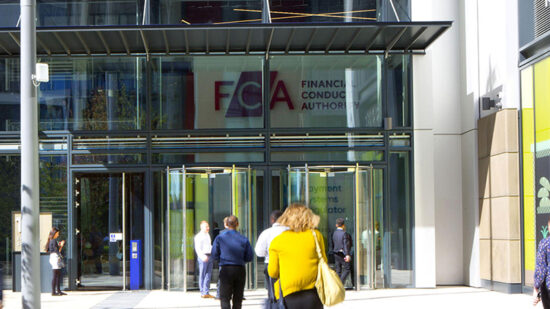If you compress the timeframe to just the past 15 months, (i.e. 2010 and YTD 2011) the picture is slightly better, but what it does show is that the geo-political turmoil in the MENA region has had an impact on their bond markets. For most of 2010, regional performance kept pace with global emerging markets, but since the start of 2011 underperformance has crept in again.
What this long-term underperformance has resulted in is a regional bond market that looks especially cheap when compared to its global emerging market peers. Abu Dhabi-rated AA trades at the same spread in five year credit default swaps as does Brazil-rated BBB, and only 30 basis points tighter than Indonesia which is rated below investment grade at BB+.
Even on the corporate side, Qatar Telecom (A2/A) trades at around 125 bps in five year credit default swaps versus Singapore Telecom (Aa2/A+) which trades at around 48bps, making it extremely cheap.
In my opinion two major factors are required in order to compress this differential, first the regional debt markets have to develop further in terms of depth and breadth of issuance, and in terms of disclosure and transparency.
And second, regional markets need to be driven by regional investors not by global emerging market investors as is currently the case. The experience of the growth of the Asian bond market shows that as long as a market is reliant on international investors for placement, pricing will never compress to levels that are reflective of the true credit quality of issuers. The journey on both these fronts has begun, but the road is long.








